
Bringwiller
Pleumeur-Bodou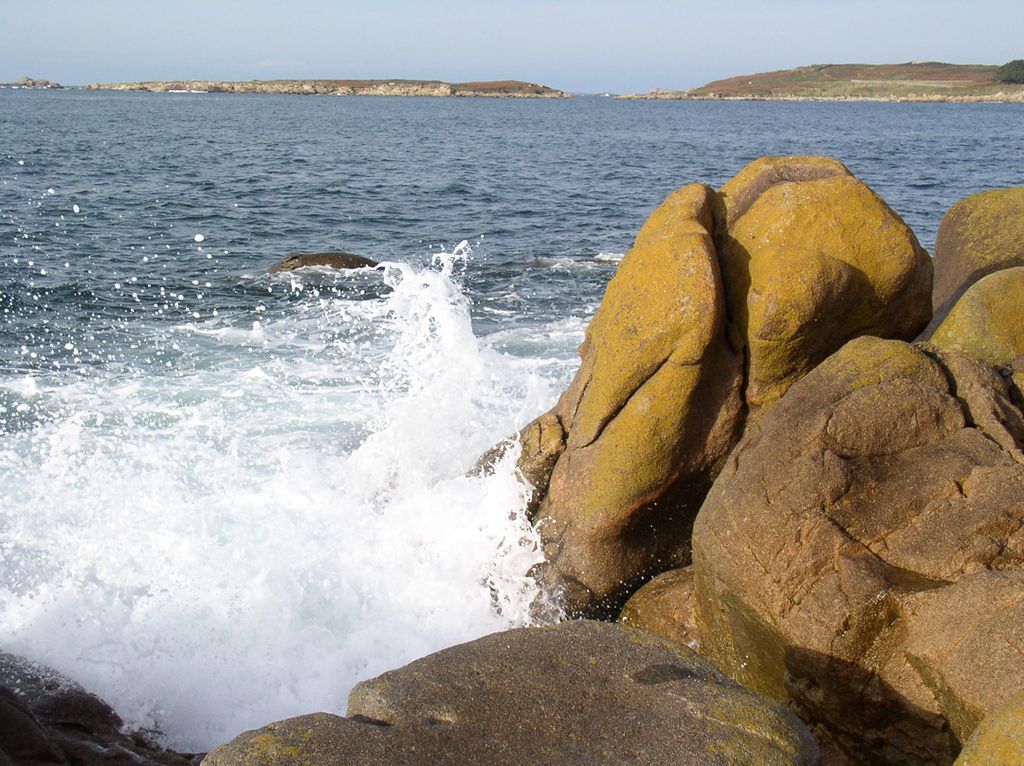
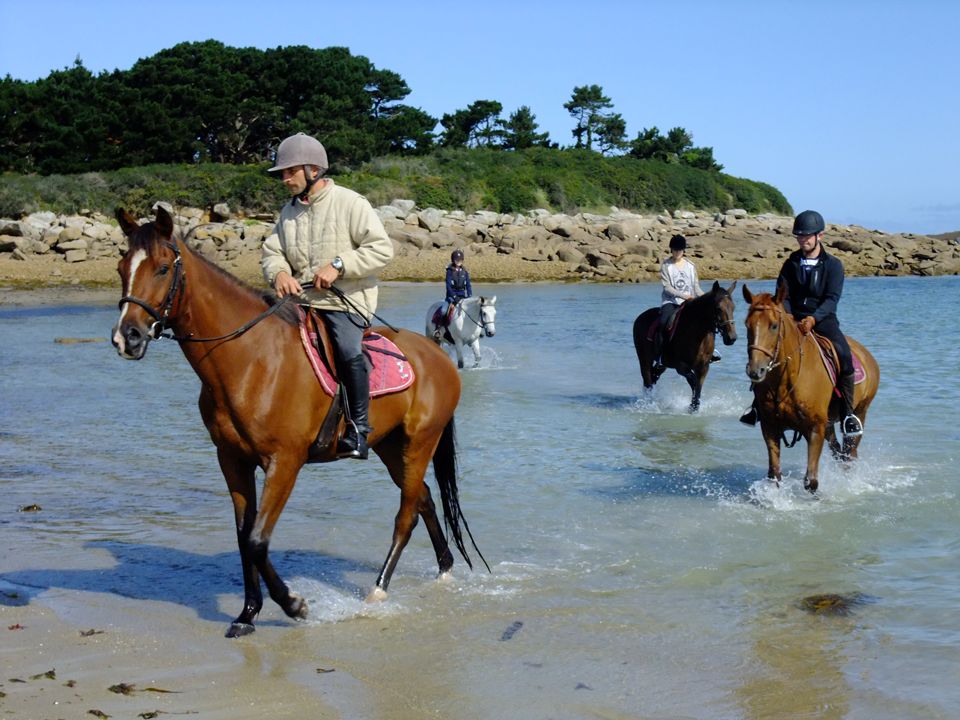
About
Covering 30 hectares, the coastline is of great botanical, scenic and cultural value. The department of the Conseil Général (local authorities) responsible for natural sites has introduced Camargue horses to the heath to limit the spread of the vegetation. Walking by the sea, you may see traces of holes made in the face rock of the foreshore. These were left by the "chante-perce", a manual drilling tool used to split the rocks, bearing testament to the granite extraction work carried out by the quarrymen.
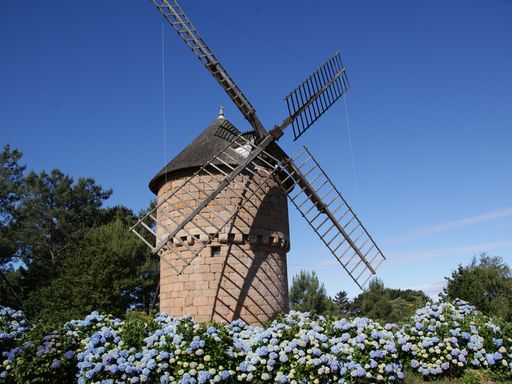

La Lande du Crac‘h windmill
Perros-Guirec
Crac‘h windmill, restored in 1986, bears testament to an era before the steam engine. Close up, you will be able to make out the engraving "1727" in the stone, likely indicating its date of...  See
See


Lavoir at Run Losquet (Île Grande)
Pleumeur-Bodou
This large, traditional "lavoir" – an open-air pool or basin set aside for clothes to be washed – is located on Île Grande and dates from the nineteenth century. Two sources supply it and can be...  See
See
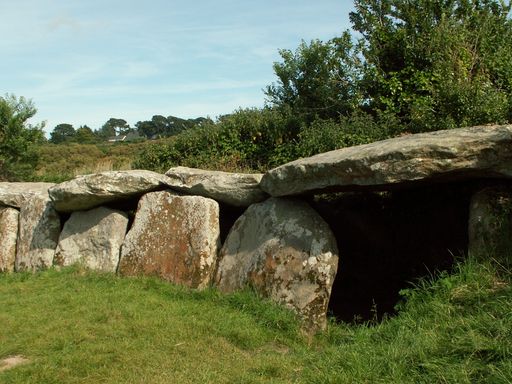

Kerguntuil
Trégastel
Dating from before 2,000 B.C., the megaliths of Kerguntuil are the impressive remnants of the structures built by Neolithic man. These immense monuments of assembled stones (the gallery grave is 9...  See
See
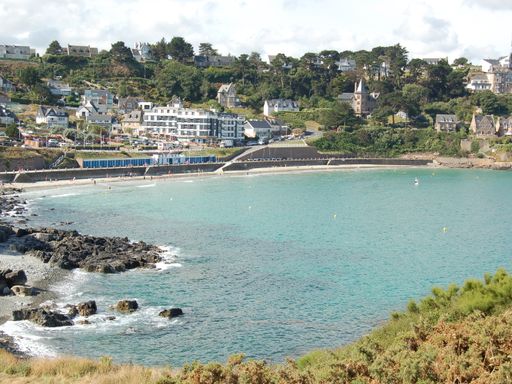

Trestrignel beach & Pointe du Château headland
Perros-Guirec
This rocky outcrop, which marks the entrance to the natural harbour of Perros-Guirec, long played the role of strategic defensive outpost against enemy attacks. Since then, the area has changed...  See
See



